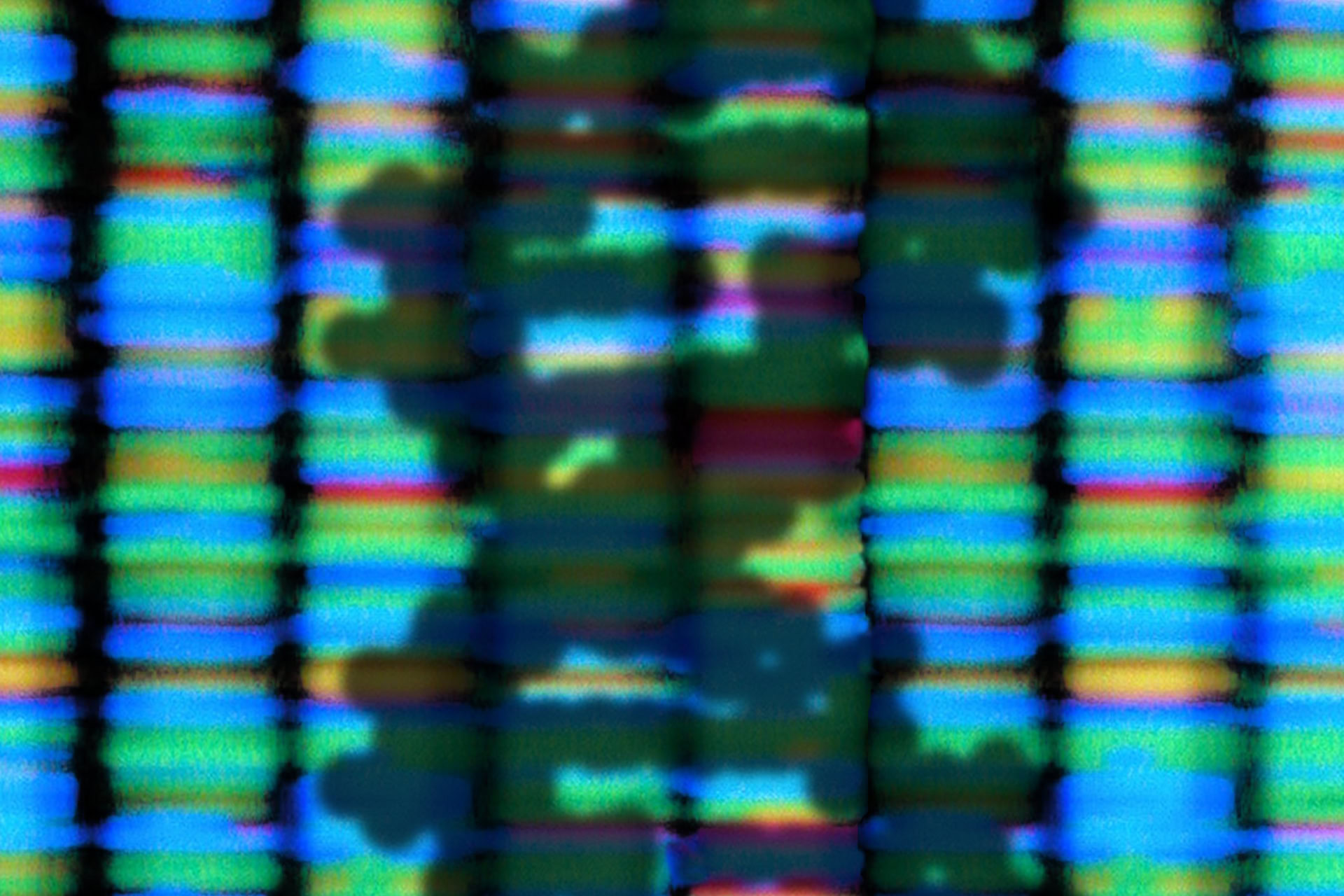Common gene mutations responsible for a condition that affects iron absorption are also linked to a three-fold increased risk of stroke, a new Danish study shows. Researchers at the Herlev University Hospital in Copenhagen found that people with two copies of a particular HFE gene mutation, linked to the inherited disorder haemochromatosis, are at increased risk of an ischemic stroke - a sudden loss of blood to the brain. The study, published in the journal Neurology, could lead to new preventative measures for individuals genetically prone to stroke, say the team.
Haemochromatosis causes the body to absorb too much iron from the diet, and can cause a range of symptoms, including chronic fatigue, liver damage, heart problems, diabetes, joint pain and 'bronzing' of the skin. Over 90 per cent of patients have two copies of the common 'C282Y' mutated version of the HFE gene, whilst a few have one C282Y mutation and another mutation called H63D. People who inherit two copies of the H63D mutation do not usually develop symptoms of haemochromatosis, although, according to study leader Borge Norgestgaard, some may develop liver cirrhosis later in life.
In the latest study, the researchers tracked the health of 9100 Danish people for 24 years, during which time 393 suffered an ischemic stroke, in which a blood clot blocks blood flow in the brain. DNA analysis revealed that ten percent of the 156 participants with two copies of the H63D mutation died in this way, compared to just four per cent of those with one or no copies of the gene change. After taking in account other factors such as age, sex and body mass index, the authors calculated that people with two H63D mutations are two to three times more likely to develop ischemic stroke.
The researchers also looked at 701 adults diagnosed with carotid artery atherosclerosis - 'furring-up' of the arteries that carry blood to the brain. However, there was no link between this condition and the H63D gene mutation, contrary to Norgestgaard's expectations. 'Further research is needed to determine why this gene appears to cause such a significant increased risk of stroke, since our data suggests plaque build-up in the arteries and iron overload are not to blame,' he said.
Norgestgaard thinks that a genetic test for the H63D mutation could help encourage patients with stroke risk factors to take drugs such as statins or aspirin to reduce the risk of blood clotting. 'If people are told they have a genetic risk they might better stick to their preventative medication', he told New Scientist magazine.
Sources and References
-
Common Gene Glitch May Up Stroke Risk
-
Common gene mutation linked to tripled stroke risk
-
Common gene mutation is linked to risk of suffering stroke




Leave a Reply
You must be logged in to post a comment.